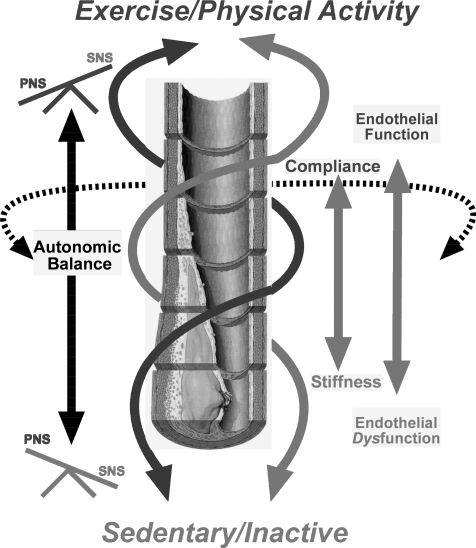Figure 6. Schematic diagram of the interactions proposed in this paper.
In the endurance exercise-trained state or with high levels of physical activity, endothelial function and parasympathetic tone (augmented heart rate variability) are enhanced. Large conducting vessels remain compliant, and the effects of high sympathetic outflow, when present, are buffered. These positive interactions may account for observations showing that exercise is more protective against cardiovascular risk than predicted by its effects on traditional risk factors. With physical inactivity, there is a loss of endothelial function during middle age, a potential accumulation of risk factors, and increased vessel stiffness. These effects of physical inactivity permit the effects of high sympathetic tone to be more fully expressed while parasympathetic tone is progressively lost. These negative interactions may account for observations showing that physical inactivity is a more potent cardiovascular risk factor than widely appreciated.

